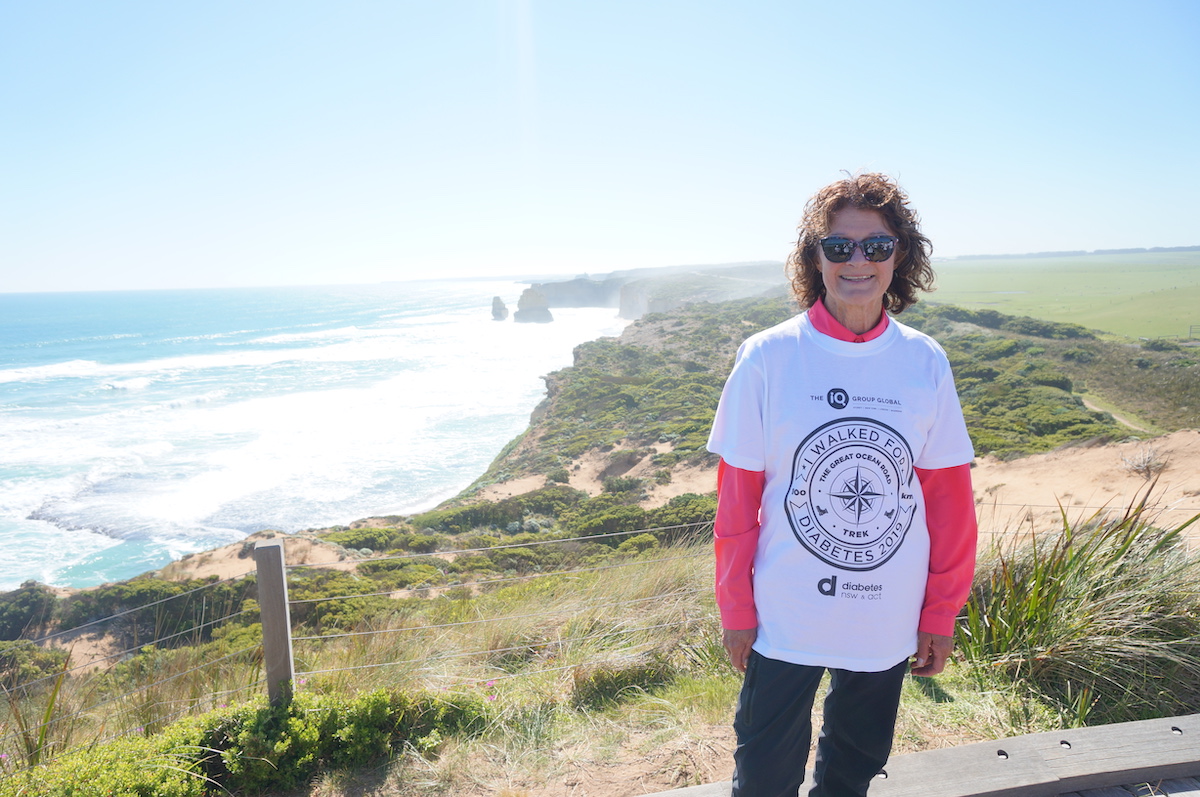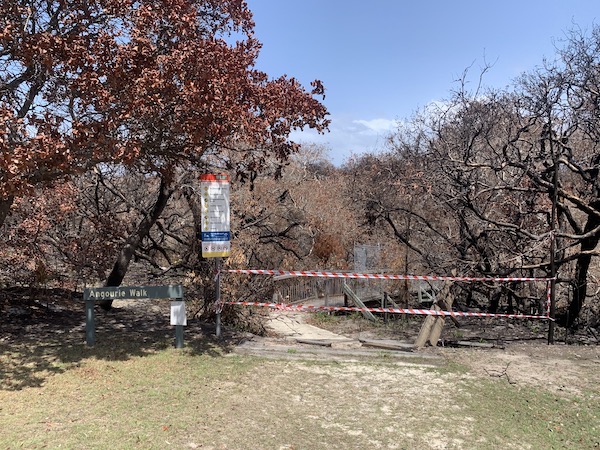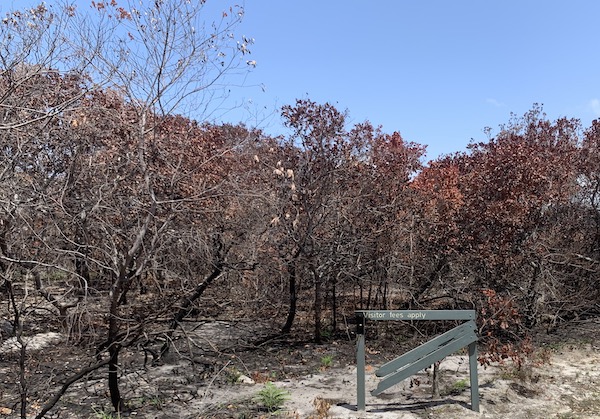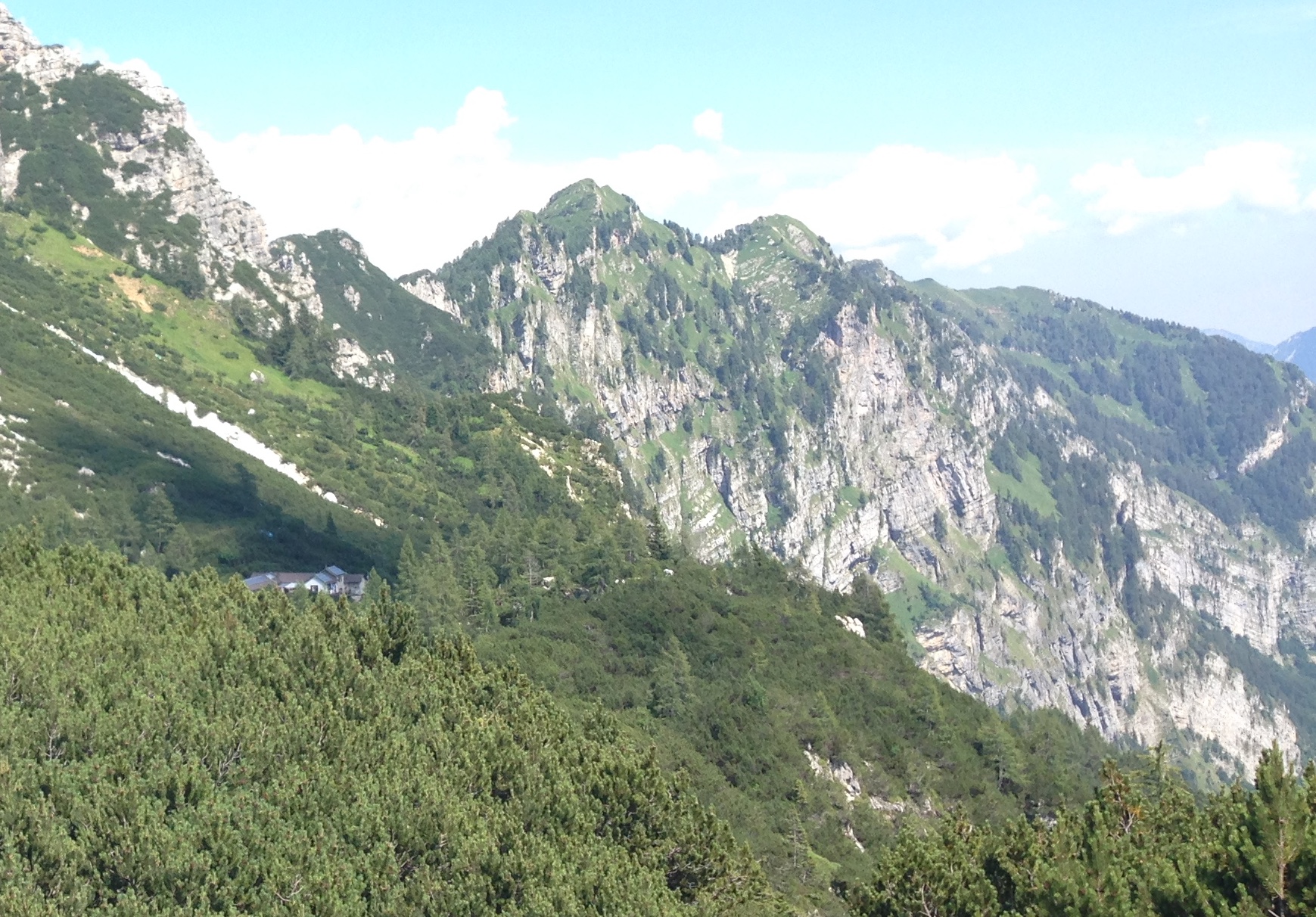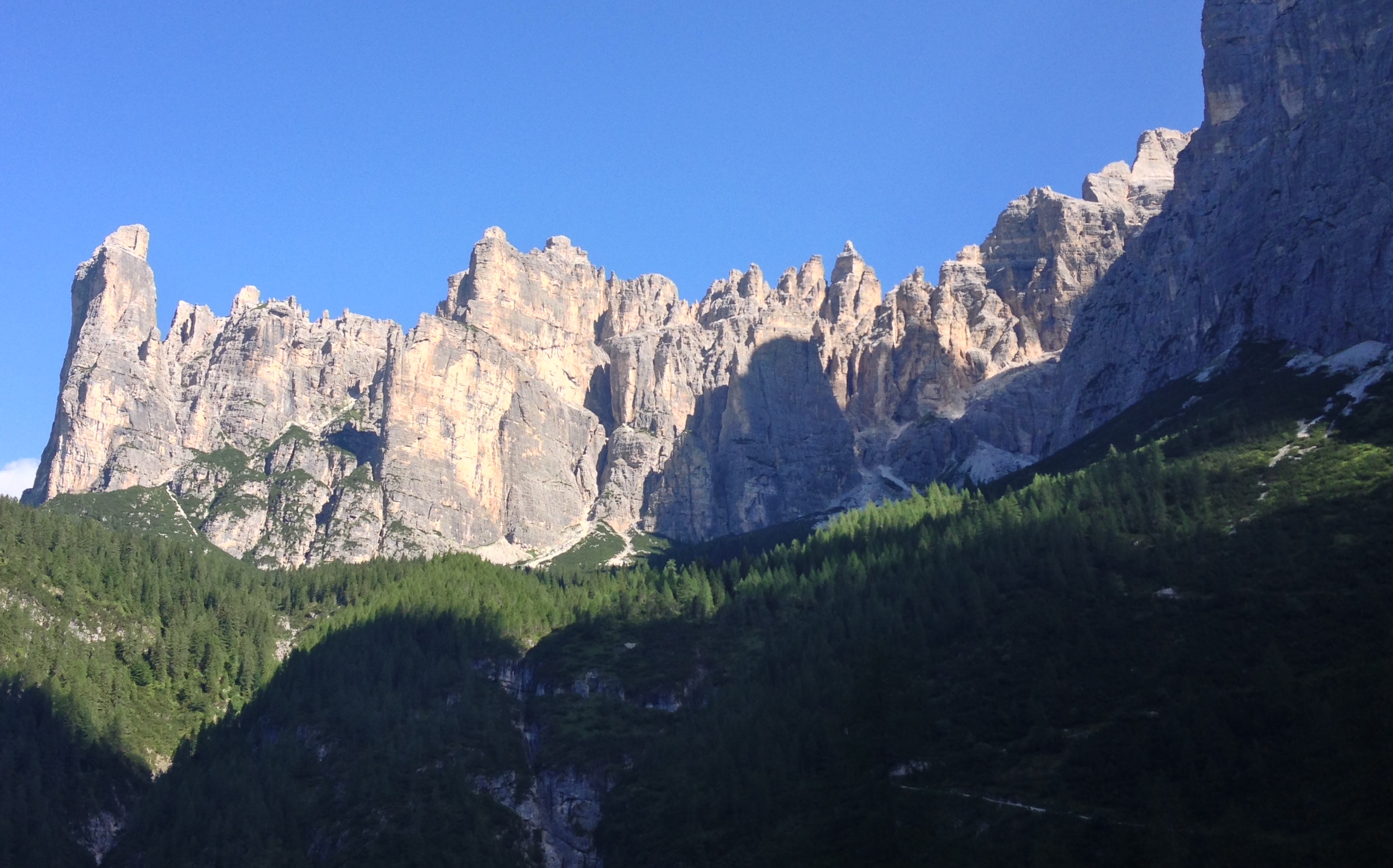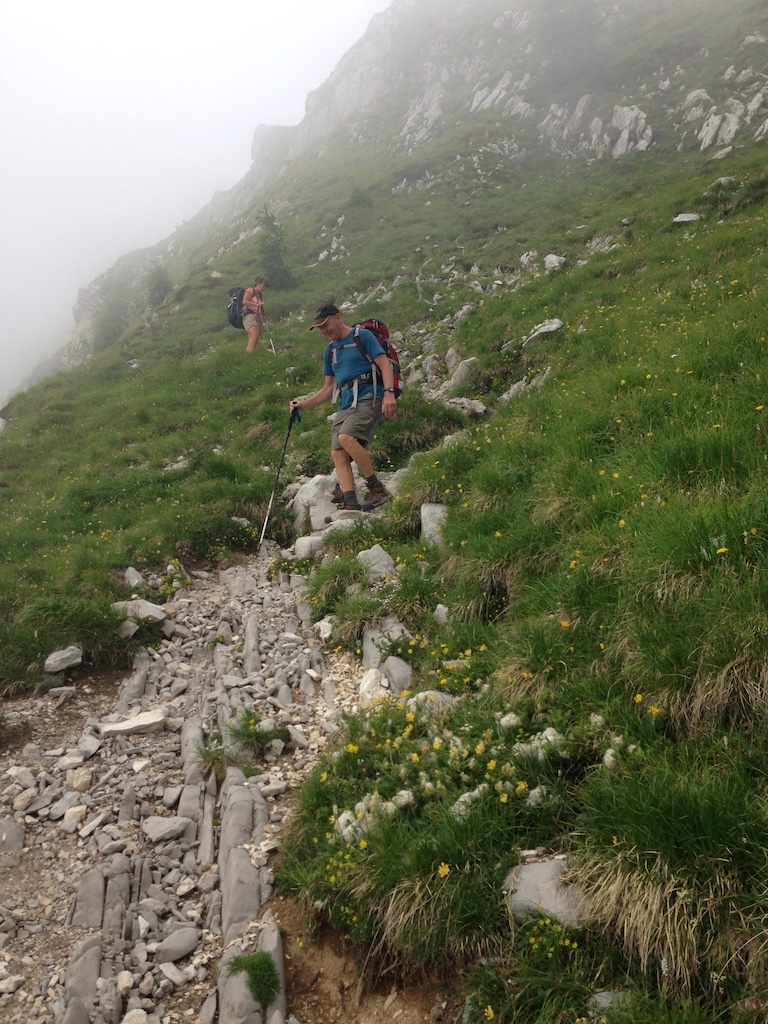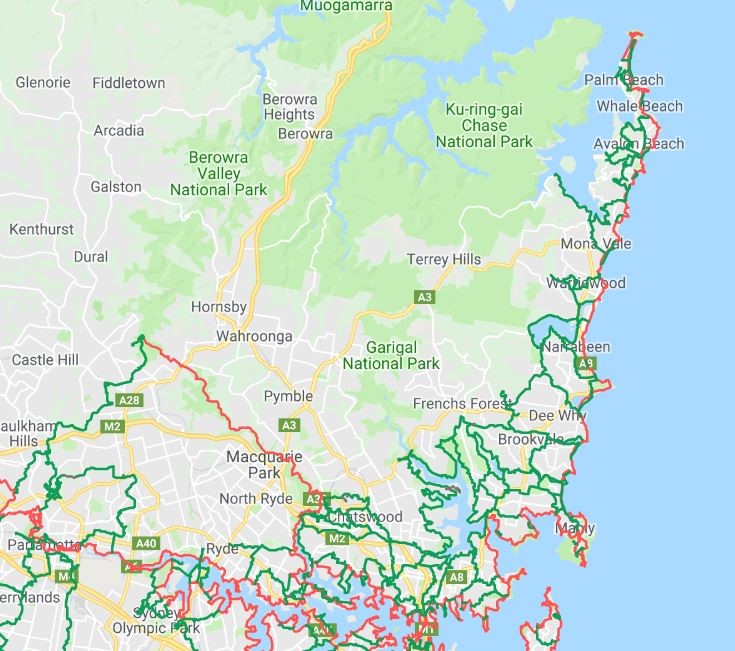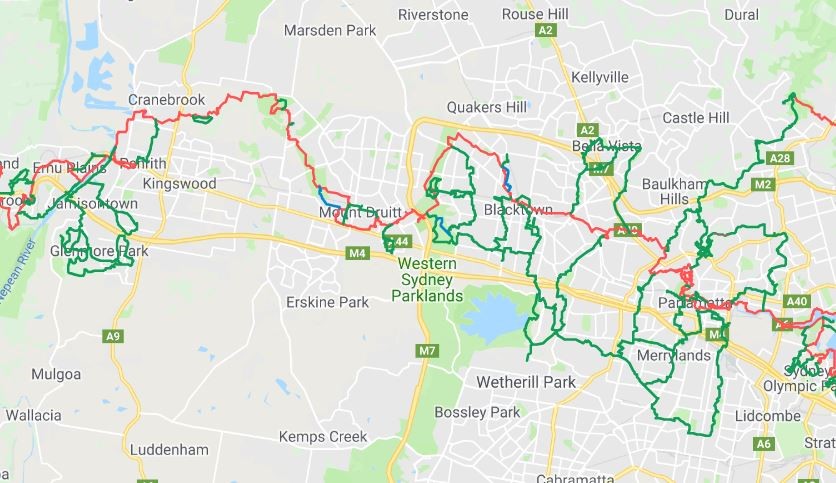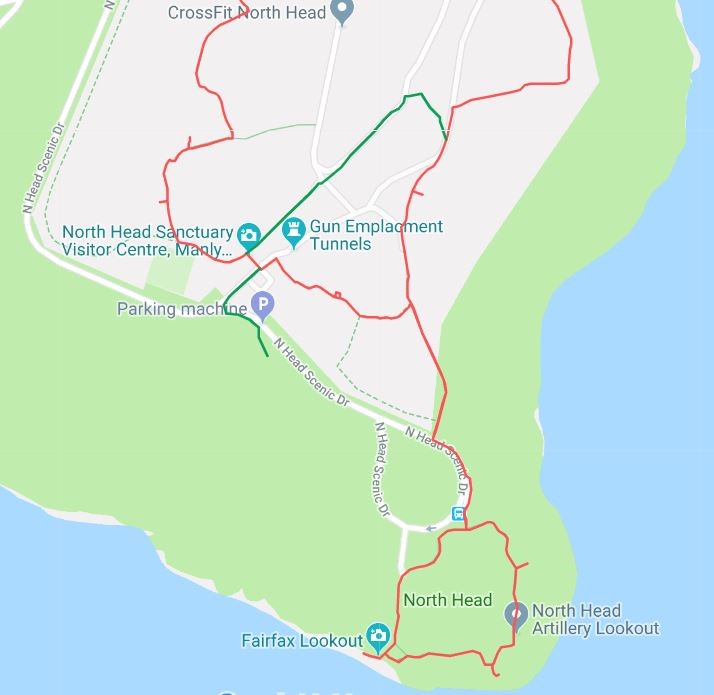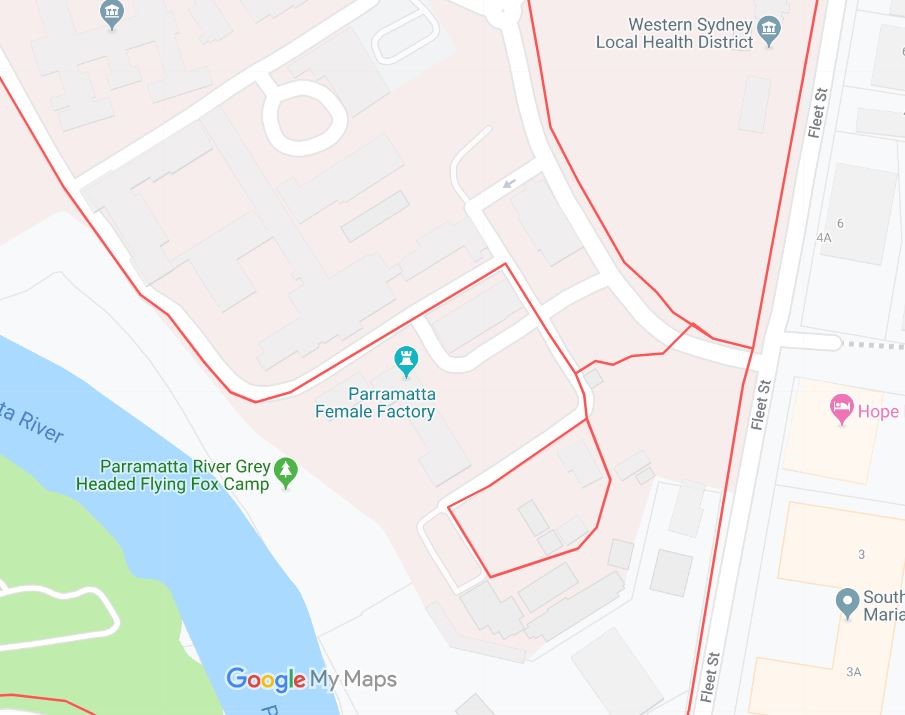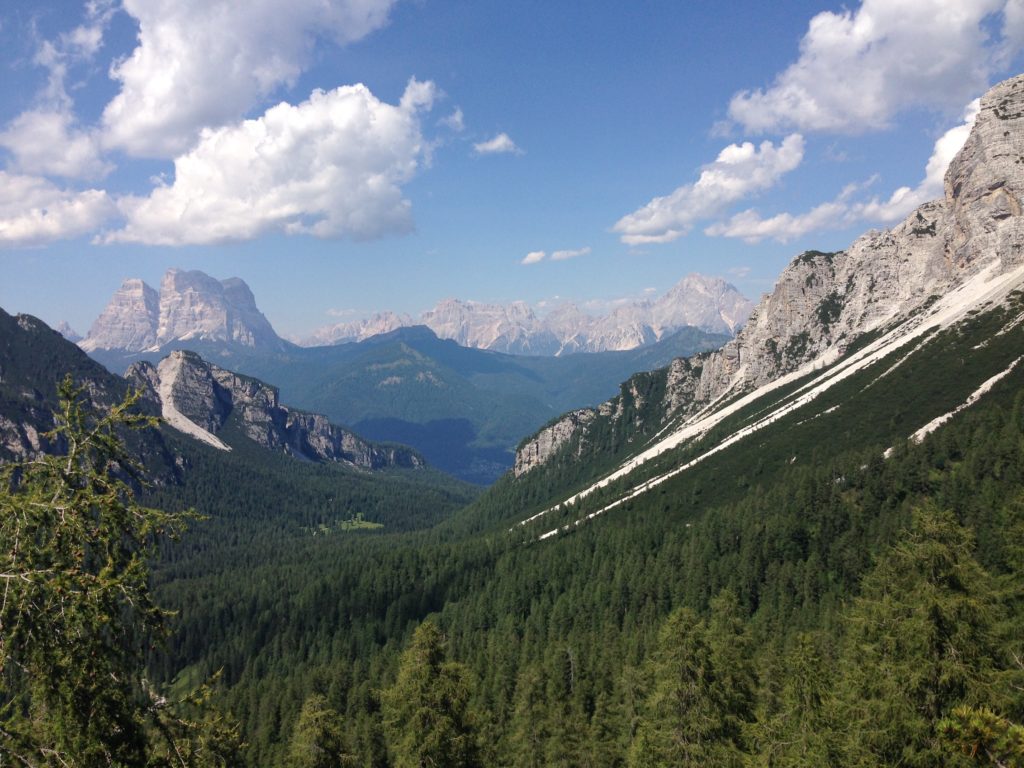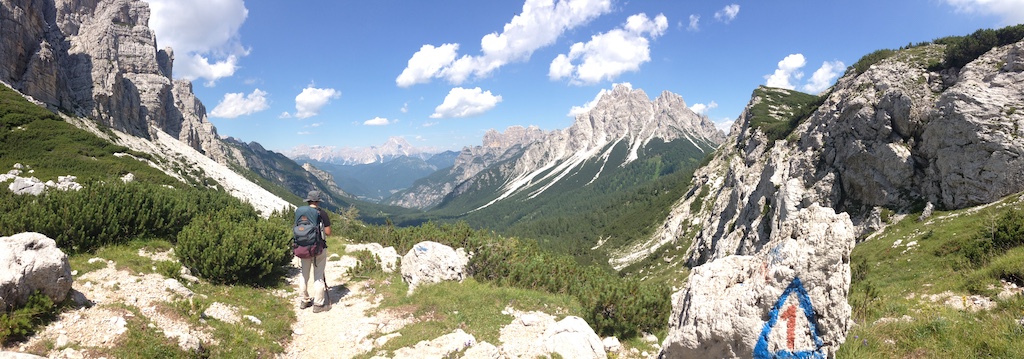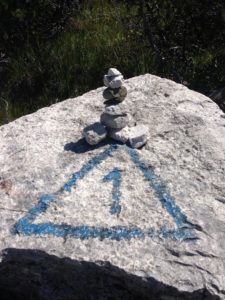As we all know during November and December 2019 prolonged drought and hot dry conditions lead to devastating bushfires along the east coast of Australia. The scale of the ongoing climate emergency has been unprecedented with disastrous consequences for the environment and native animals, people living in the bush, volunteer firefighters defending our communities and air quality in our cities and towns.
The resulting closure of National Parks has also meant lean times for those of us wanting a bushwalk! A quick glance at the Northern Rivers Bushwalkers (NRBC) calendar in November 2019 revealed a list of walks cancelled due to fire. Given this it seemed that beach walks provided the perfect alternative walk solution. So when Michelle from the NRBC organised a summer celebratory walk from Belongil Beach to Tyagarah Tea Tree Lake my sister and I were really keen to participate.
We were assured that the Tyagarah Tea Tree Lake was ‘safe’ with all visitors once again clothed and decent thanks to the Byron Shire Council cracking down on nudity and inappropriate behaviour in the area. Read here about the Lake’s controversial history.
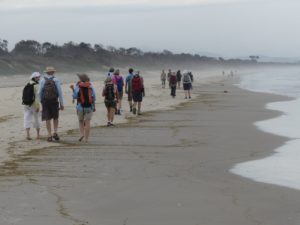
Our walk started early at the Treehouse on Belongil near Byron Bay. After a quick coffee we headed up the beach for the walk to Tyagarah Beach and the Lake. Along the way we passed the opening to Belongil Creek and were told that before the drought this section of beach was often a creek crossing. Sadly this was no longer the case with water at very low levels and a great expanse of firm sand across the mouth of the creek.
Eventually we reached Grays Lane, a dirt road which leads to the Lake through Tyagarah Nature Reserve. The Reserve protects a number of coastal endangered ecological communities and threatened plant species which you can read more about here. After a short break in the picnic area we proceeded through the Reserve to the Tyagarah Tea Tree Lake.
On reaching the Lake our breaths were taken away by its stunning beauty and peaceful serenity. The Lake is framed by picturesque native coastal bushland with its cool waters stained by the healing oils of the surrounding tea trees. We settled down next to the Lake for a picnic lunch with many of us declaring we would wait to swim in the ocean on the return journey despite being hot after our walk. However once one person started swimming in the lake its appealing coolness was impossible to resist and soon enough many of us were gliding and relaxing in the water.
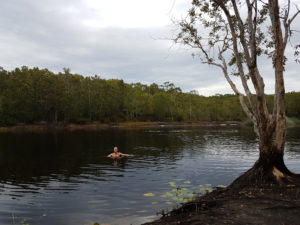
My sister Michele enjoying a cool swim in Tyagarah Tea Tree Lake
As we started the walk back along the clothing optional section of Tyagarah Beach the nudist visitors were in their full glory basking in the hot sun. My sister and I couldn’t help but notice with amusement the stark contrast of our bushwalking posse outfitted from head to toe in protective gear trudging dutifully through the assortment of cavorting naked sun worshippers!
Our walk was approximately 9km in distance once we had returned to the Treehouse on Belongil. Overall it was a very enjoyable morning out with a satisfying walk punctuated by a refreshing swim and the opportunity to visit new areas along the way. Thanks very much to Michelle from NRBC for organising this alternative beach walk event. Click here to find out more about the NRBC and what activities are on.

